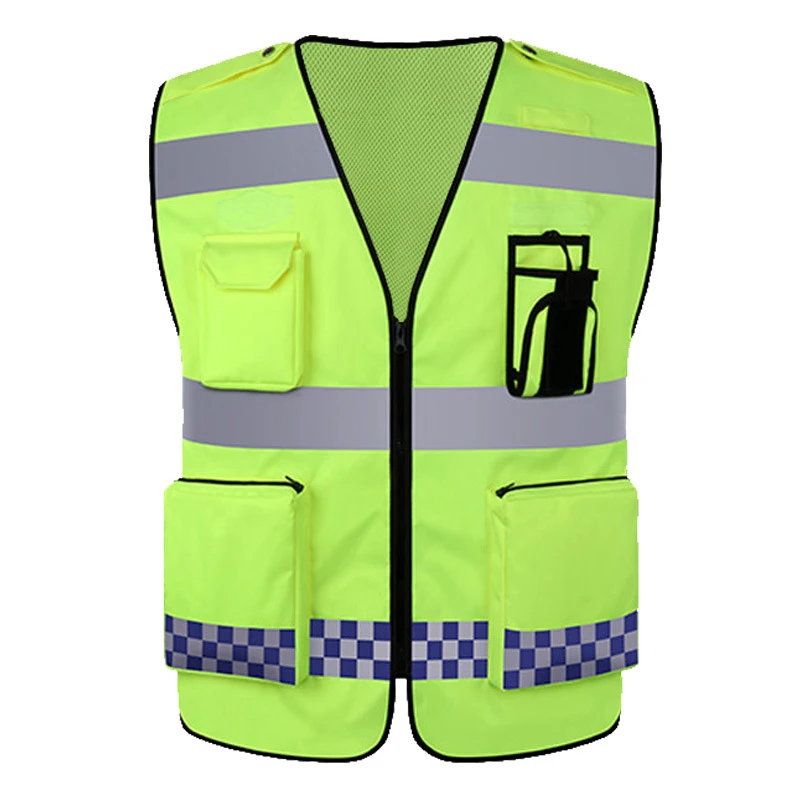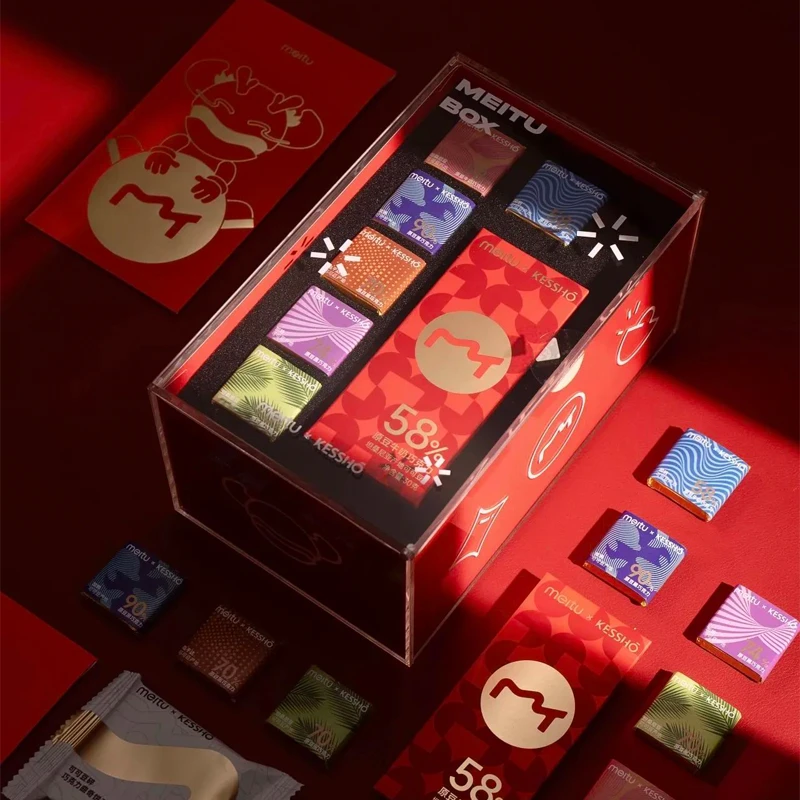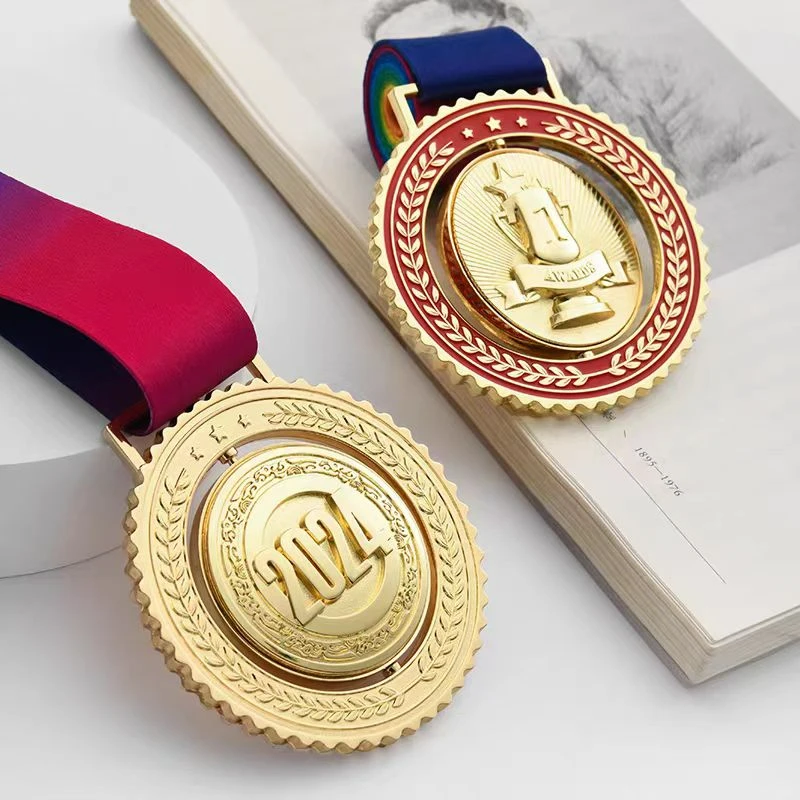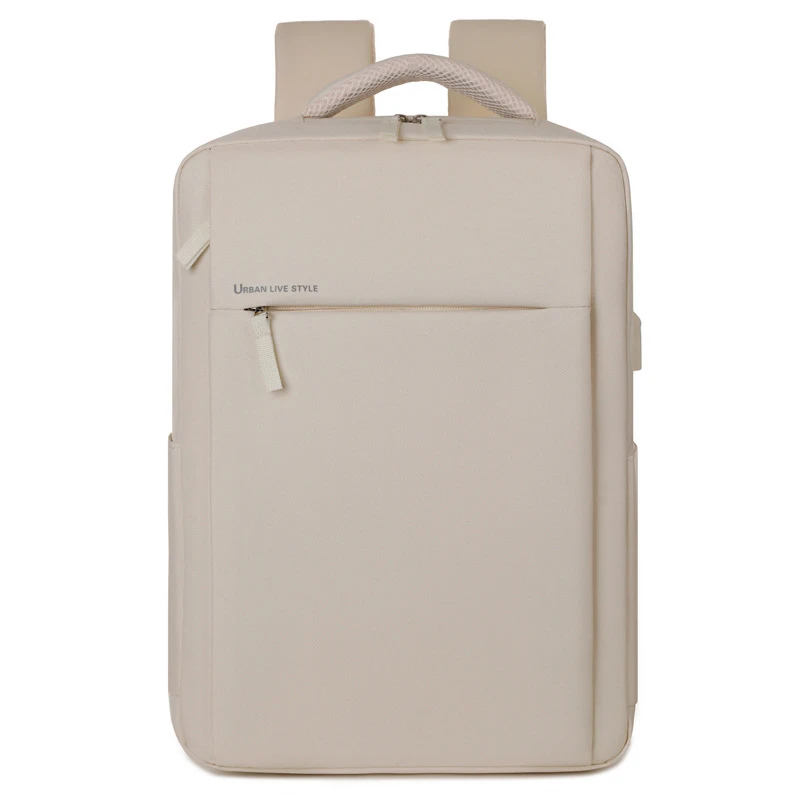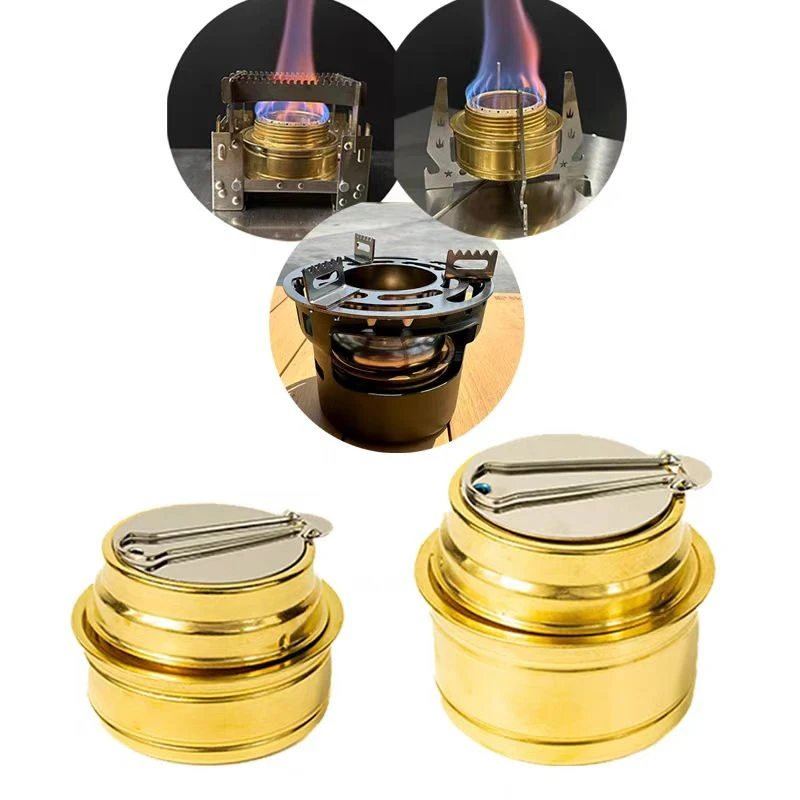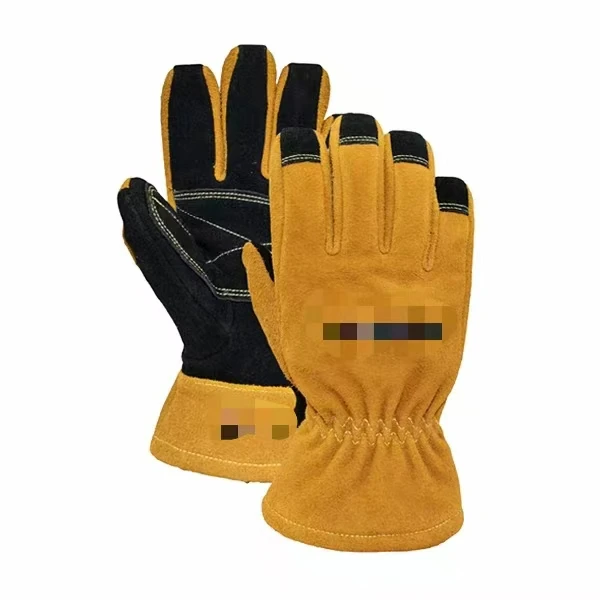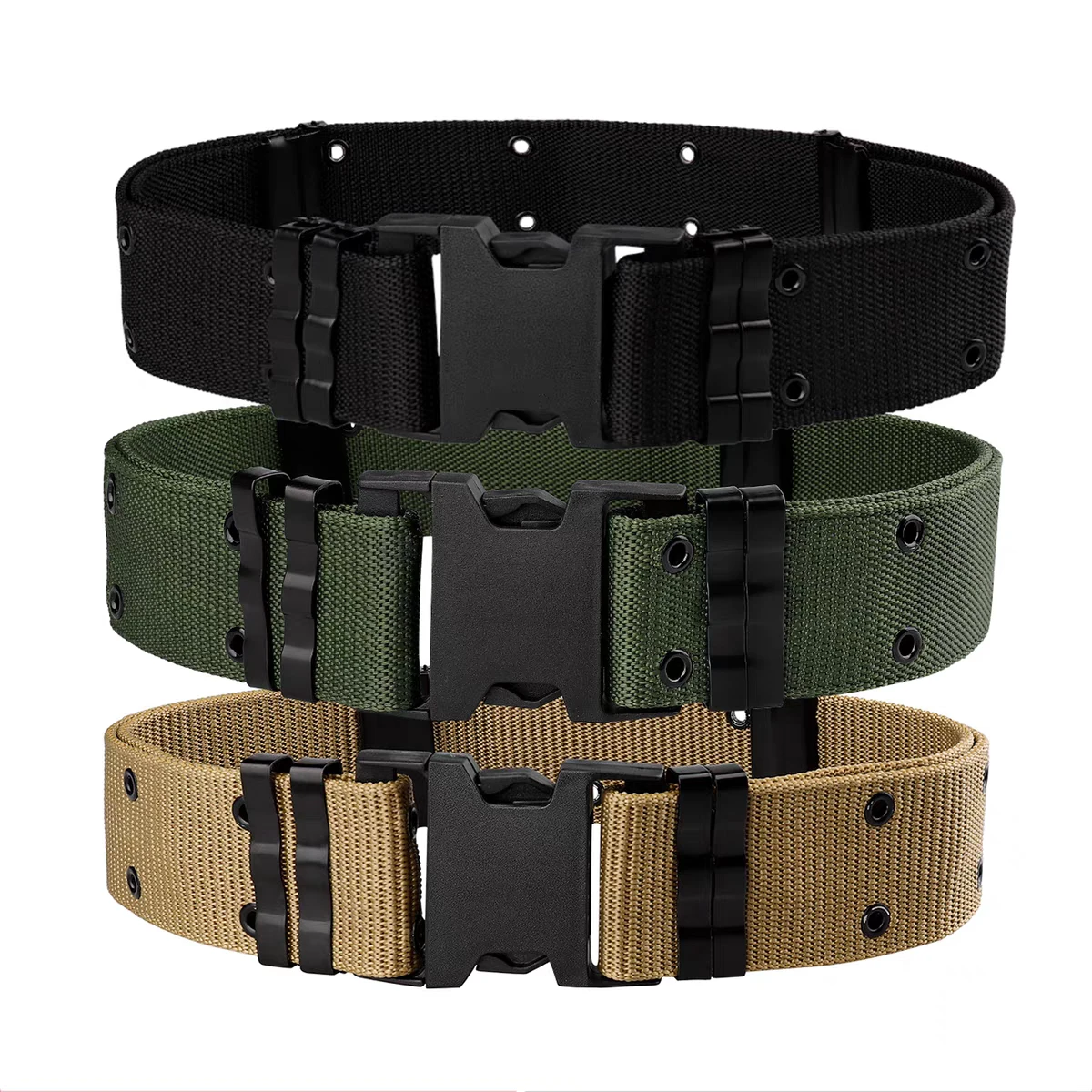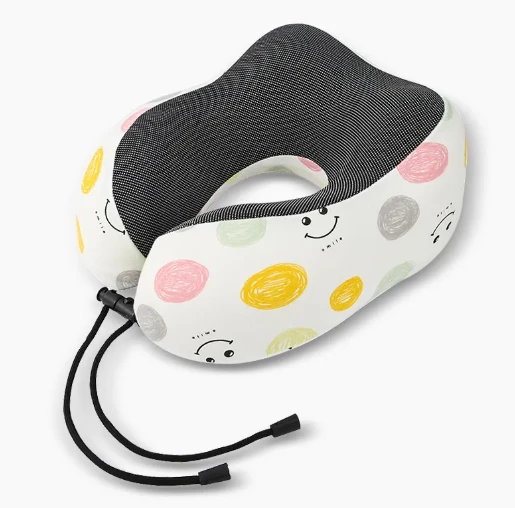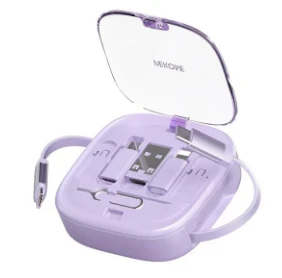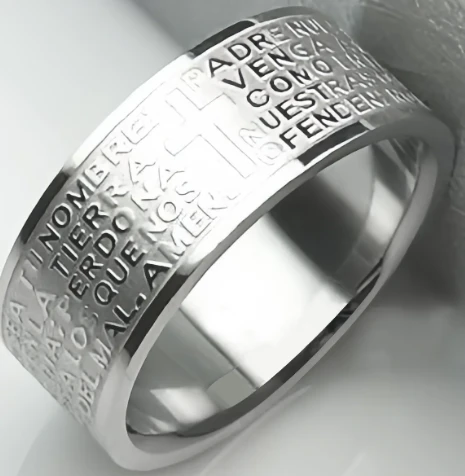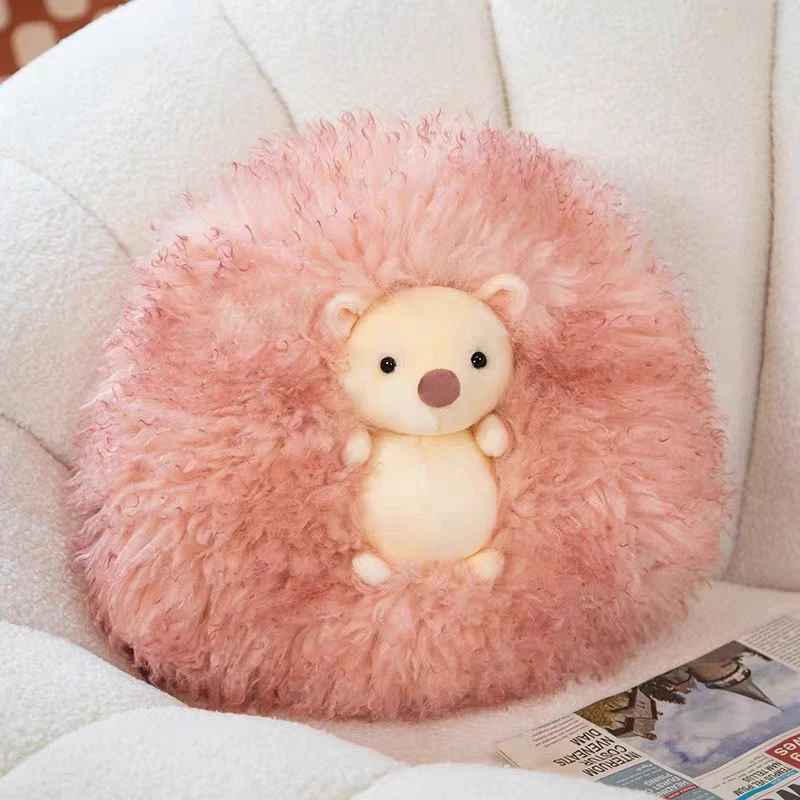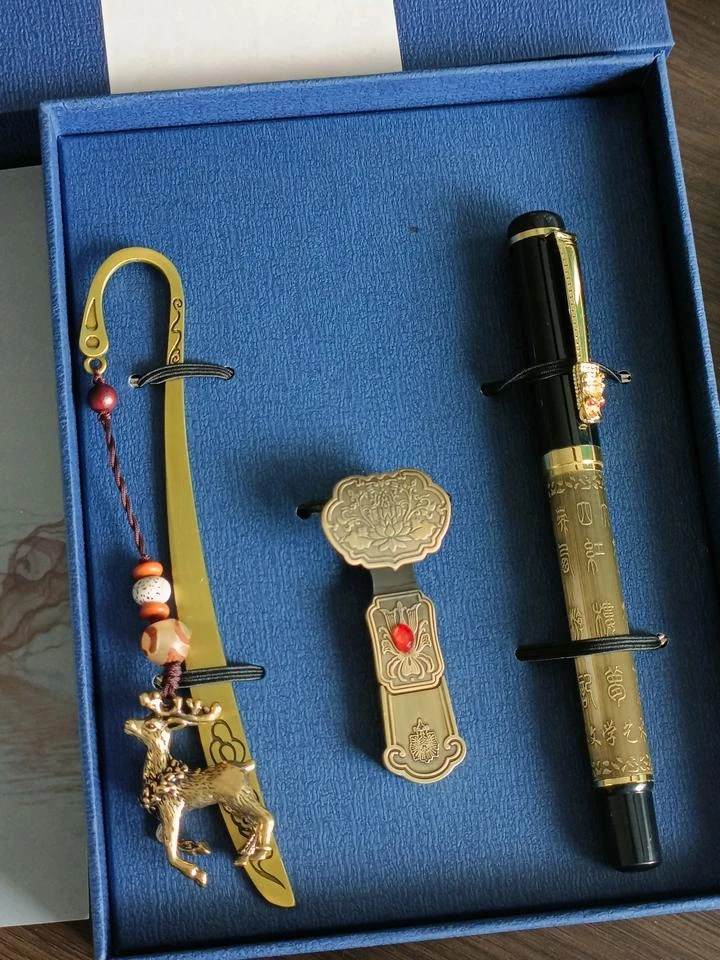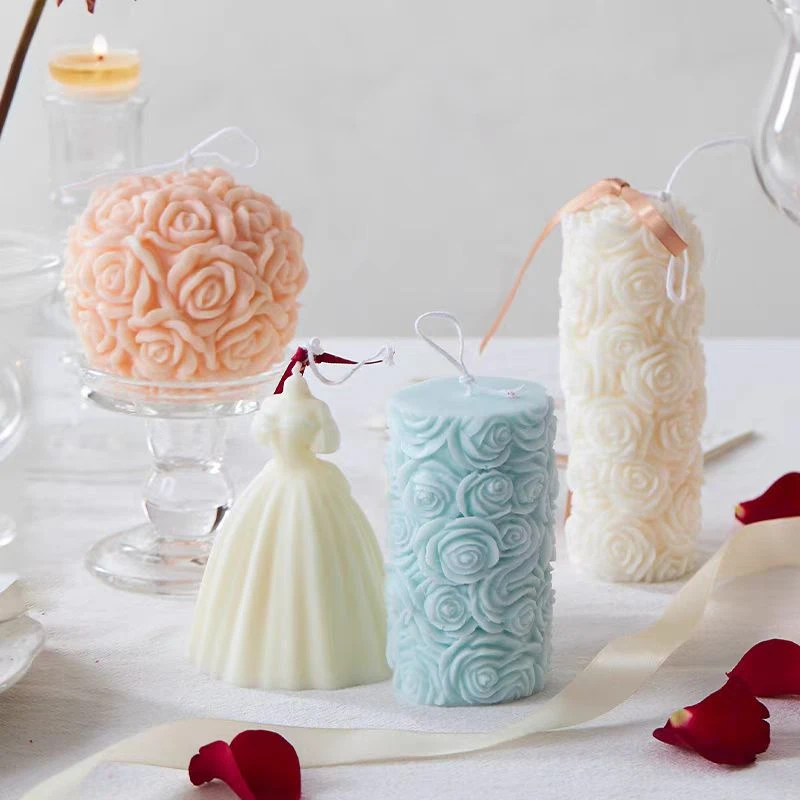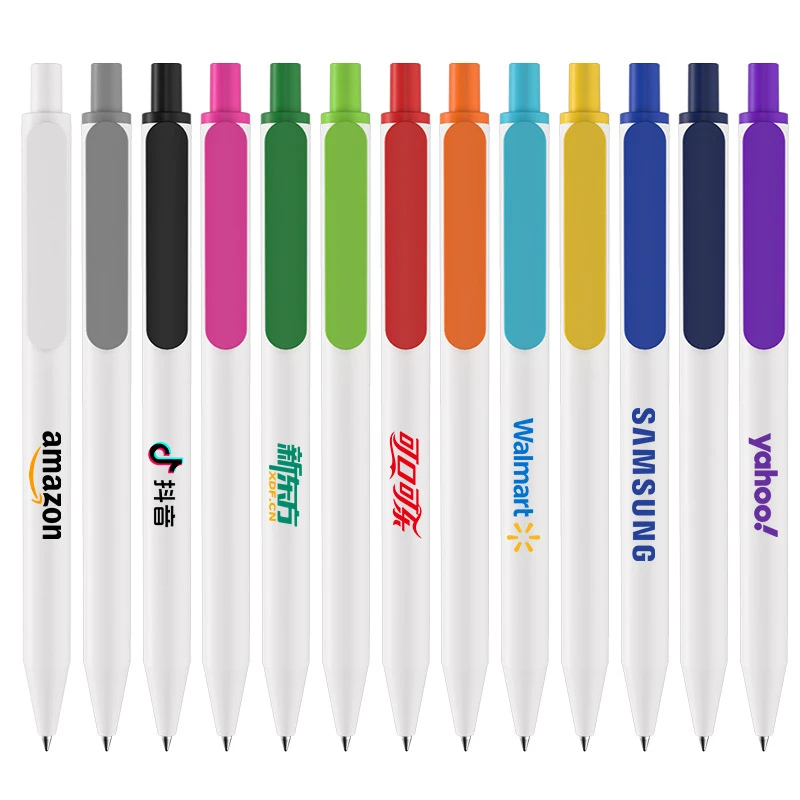Insulated Disposable Cups with Lids - Hot/Cold Double Wall Design

(insulated cups disposable)
Insulated Disposable Cups: The Ultimate Solution for Temperature Control
- The rise of insulated disposable solutions in food service
- Technical innovations behind modern insulation technology
- Performance comparison: Leading manufacturers tested
- Design advantages over traditional disposable drinkware
- Custom branding opportunities and capabilities
- Diverse industry applications proving effectiveness
- Making the sustainable choice without sacrificing performance
Why Temperature Retention Matters in Disposable Serviceware
The food service industry faces constant pressure to deliver superior experiences with operational efficiency. Insulated disposable cups with lids represent a transformative solution addressing two critical customer demands: temperature maintenance for over 90 minutes and spill prevention during transit. Traditional disposable drinkware allows hot beverages to cool 40% faster and cold drinks to warm 35% quicker according to NSF International studies, directly impacting customer satisfaction scores by 18-22 points. Unlike standard paper cups, insulated versions create a protective air barrier that reduces condensation by up to 80% while preventing exterior surface temperatures from exceeding safe handling thresholds. This technology meets emerging consumer expectations where 67% of patrons specifically request temperature-stable packaging according to Technomic's 2023 Beverage Report.
Advanced Insulation Engineering Revealed
Contemporary insulated disposable cups utilize precision-engineered dual-wall construction creating vacuum-sealed air pockets between layers. This barrier reduces heat transfer through all three mechanisms: convection (70% reduction), conduction (85% reduction), and radiation (62% reduction). Leading manufacturers now incorporate plant-based PLA linings derived from sugarcane biomass, achieving food-grade liquid barriers without petroleum-based plastics. The latest innovation involves nano-ceramic particles embedded between wall layers, boosting insulation performance by an additional 40% while maintaining structural integrity. Premium versions withstand temperatures from -40°F to 212°F without compromise, certified by FDA and LFGB standards for both hot and cold applications.
Market Leaders: Performance Comparison
| Manufacturer | Hot Retention (180°F) | Cold Retention (34°F) | Wall Thickness | Eco-Rating |
|---|---|---|---|---|
| ThermoShield Pro | 98±2°F after 90 min | 44±2°F after 120 min | Double-wall (2.3mm) | 93% Biodegradable |
| EcoCup Insulate | 95±3°F after 90 min | 48±3°F after 120 min | Triple-corrugated (1.8mm) | 100% Compostable |
| ArcticHold Series | 102±1°F after 90 min | 41±1°F after 120 min | Quad-layer (3.1mm) | 87% Recyclable |
| Standard Paper Cup | 78±5°F after 90 min | 58±4°F after 120 min | Single-wall (0.5mm) | 65% Recyclable |
Note: Testing conducted at 70°F ambient temperature with 90% fill volume. All insulated cups disposable
designs feature leak-resistant lids and FDA-compliant materials.
Structural Advantages Beyond Temperature Control
The ribbed architecture of insulated disposable cups provides 4.5x greater compressive strength compared to conventional disposables, eliminating the need for secondary sleeves or holders. In stress testing, vertically corrugated walls withstood up to 42 lbs of direct pressure without deformation - crucial for drive-thru services where stacked cups experience significant weight loads. This structural integrity allows for thinner overall material usage, with premium options requiring 30% less base material than sleeve-dependent alternatives. The textured surface provides enhanced grip stability, reducing accidental drops by 27% according to National Restaurant Association metrics. Most designs accommodate all standard lid sizes while preventing the "sidewall collapse" phenomenon common in single-wall cups during handheld consumption.
Customization Capabilities for Branding
Insulated cups with lids disposable offer unprecedented branding real estate through their enlarged surface area. Modern printing technologies enable full-color process designs with 1200 DPI resolution directly on the corrugated exterior. Leading suppliers provide water-based UV curing inks that withstand condensation without smearing while meeting FDA 21 CFR compliance for indirect food contact. Minimum order quantities have decreased substantially, with several manufacturers now offering pilot programs starting at 5,000 units with custom die lines. The radial surface accommodates both circumferential branding and vertical messaging zones, with Pantone color matching achieving 98% accuracy. Embossing and debossing techniques add tactile dimensions to logos without compromising insulation integrity.
Proven Applications Across Foodservice Segments
Specialty coffee shops were early adopters, with a 2023 survey revealing 72% of third-wave coffeehouses now use insulated disposable cups as their default to-go solution. The practice reduced double-cupping by 90%, creating significant cost savings. Quick-service restaurants report 22% fewer customer complaints about beverage temperature after switching to insulated disposable cups with lids. Catering operations particularly benefit, with tested temperature retention allowing catered beverages to maintain ideal conditions throughout transport and buffet service. Universities implementing these solutions across campus dining reduced their cup waste by 38% since the insulation properties allow thinner wall construction than traditional alternatives with sleeves. Food truck operators note that the no-sweat exterior prevents slip hazards during high-volume service.
Insulated Disposable Cups as an Eco-Conscious Choice
Contrary to misconceptions, insulated disposable cups present viable environmental advantages when selected responsibly. The material efficiency per functional unit outperforms traditional cup-and-sleeve combinations by requiring 25% less fibrous material according to FPI sustainability metrics. Leading suppliers utilize FSC-certified paperboard from responsibly managed forests, with plant-based lining alternatives to polyethylene achieving 98% biobased content. These cups with lids disposable demonstrate compatibility with industrial composting systems, degrading within 12 weeks under controlled conditions. Their extended functional performance directly reduces waste through decreased need for replacement drinks – Starbucks reported 1.2 million fewer drink replacements annually after introducing insulated variants. As consumer demand for sustainable solutions grows, these engineered cups deliver uncompromised performance while supporting corporate sustainability objectives.
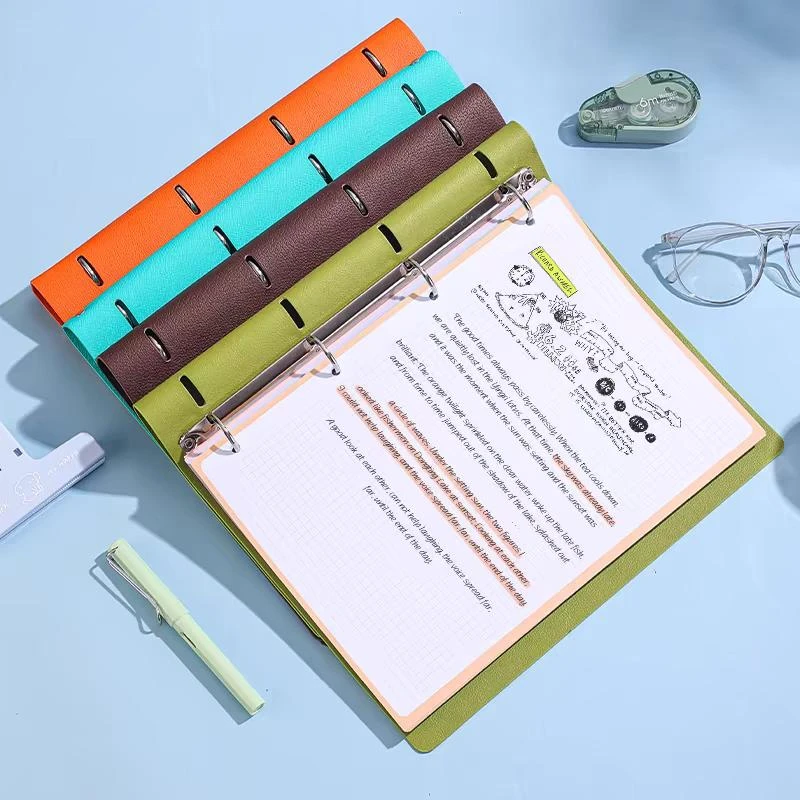
(insulated cups disposable)
FAQS on insulated cups disposable
Q: Are insulated disposable cups eco-friendly?
A: Insulated disposable cups are typically made from recyclable or compostable materials like paper or plant-based plastics. However, check local recycling guidelines, as some may require separate processing due to their insulating layer.
Q: Can insulated disposable cups with lids hold hot beverages?
A: Yes, most insulated disposable cups with lids are designed to safely hold hot drinks. Their double-walled construction helps retain heat while keeping the exterior cool to the touch.
Q: How long do insulated disposable cups keep drinks cold?
A: Depending on the design, insulated disposable cups can keep beverages cold for 2-4 hours. Lids further enhance temperature retention by reducing heat transfer.
Q: Are insulated disposable cups leak-proof?
A: Many insulated disposable cups with lids feature snap-on or press-fit lids for leak resistance. Always ensure lids are securely attached to prevent spills during transport.
Q: Can I customize insulated disposable cups for events?
A: Yes, numerous suppliers offer customization options for insulated disposable cups, including logos or designs. Confirm compatibility with printing methods and inquire about minimum order quantities.








